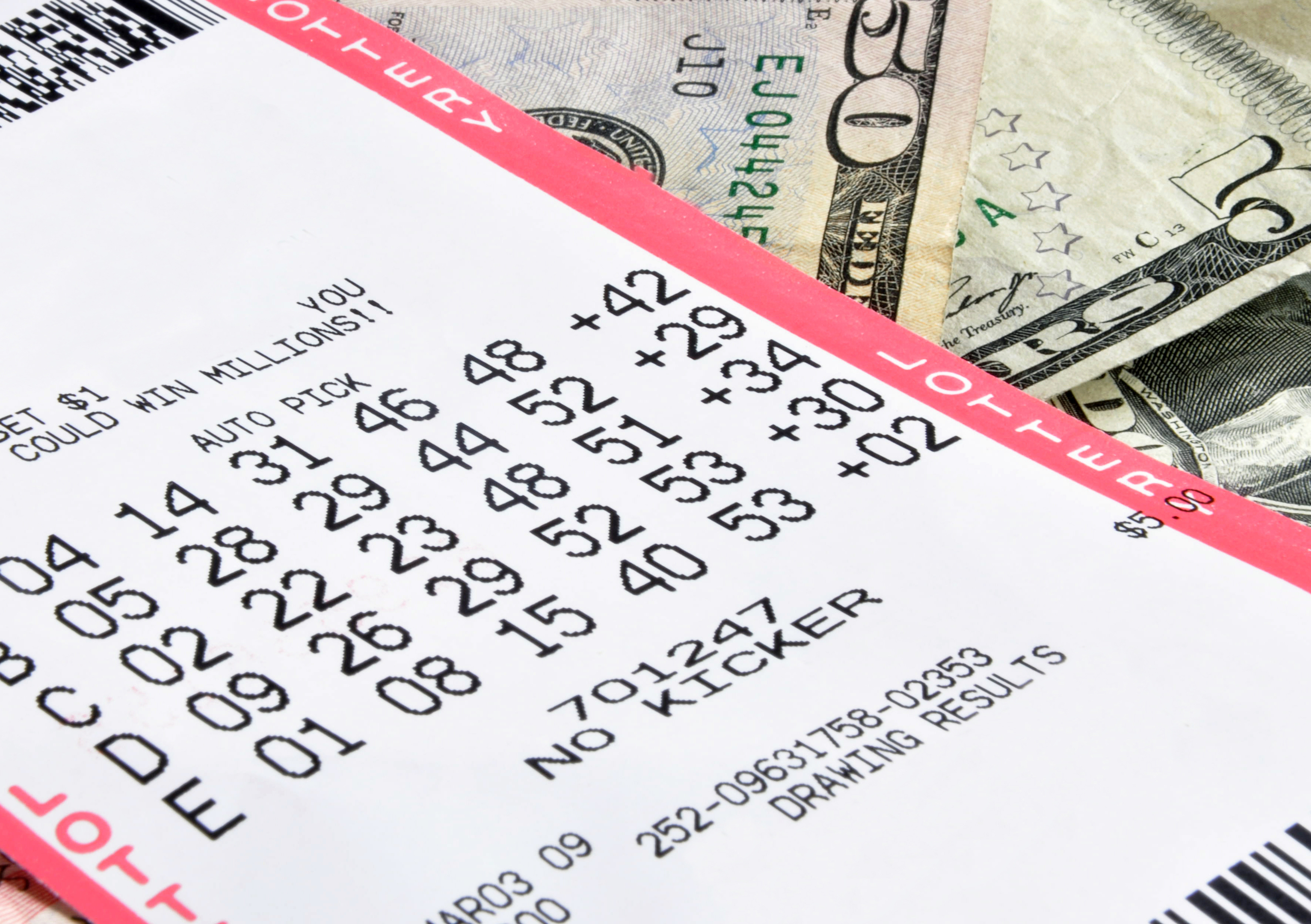Concept 11: Allocation Strategies
Overview: First-come-first-served? Price? Sharing? Figuring out who gets what can be complicated! This lesson will help you understand a variety of methods people use to divide up resources, goods, and services.
Learn
Beginner

All economic systems must answer three basic economic questions including what to produce and how to produce their goods and services. The third of the three basic economic questions is: “Who gets the goods and services?” In other words, how does an economy allocate pizzas, health care, housing and education – all of which are in high demand? Answering this question is more complicated than it might seem. While the country’s economic system influences this process, not all goods and services are treated the same way. Allocation strategies are the methods by which goods and services are distributed to the people who want them. There are nine basic strategies, and sometimes a combination is used. The nine strategies are:
- Price: the good or service goes to the person willing and able to pay the most for it or the person willing to pay a stated amount at a specific time, like an eBay auction
- First-come-first-served: the good or service goes to the first person to claim it, like concert tickets (which also require money!)
- Majority rule: the good or service goes to the person who gets a majority (or sometimes a plurality) of a vote, like a Senate election
- Sharing: the good or service is divided and given to multiple people who mutually agree to only use part of it, like a meal at a soup kitchen
- Force: the good or service is taken by someone through legal or non-legal means (there is no voluntary exchange), like theft
- Competition: the good or service is awarded to the person who won a game, event, contest, or something similar, like an Olympic gold medal
- Arbitrary characteristic: the good or service is given to someone just because they meet certain requirements – age, grade, geographic location, race, gender, shoe size, etc., like giving a balloon to the youngest child. The characteristics are “arbitrary” because they can change.
- Command: the good or service is given out by a government entity, like housing in the Soviet Union
- Random/Lottery: the good or service is given out by chance with everyone having an equal opportunity to get it, like an actual lottery
Intermediate

Many goods and services use combinations of strategies. While a lottery is used to distribute large sums of money, usually to enter the lottery you have to purchase a ticket, which introduces price into the mix. Some people own time-shares where they agree to split a vacation condo or house with other people, but the dates it is to be used are first-come-first-served. Some competitions have entrance fees or are limited to competitors who meet certain characteristics.
The allocation strategy for a good or service can also change depending on other circumstances. Price is the most widely used allocation strategy in the United States, but during World War II rationing was introduced, which limited the quantity of goods and services people could buy even if they were willing to pay more. The age requirement to collect Social Security has changed several times over the years. In the late 1700s to early 1800s, states, like Georgia, experimented with different strategies for allocating land using various combinations of characteristic, price, lottery, force and sharing.
Advanced

The most important lesson to take away from allocation strategies is that one strategy is not universally better or worse than another. Each strategy comes with unique strengths and weaknesses. You would not want to randomly distribute medicine, for example because random distribution ignores the actual needs of a group of people. Majority rule is typically viewed as a fair way of making decisions, but it can be time consuming and can create situations where minority groups never get access to certain goods and services. First-come-first-served seems like an incentive-based strategy because in theory the people who really desire the item will be willing to get in line first. In reality, however, this strategy heavily favors those with free time or those geographically close to the good or service. What strengths and weaknesses do you see with each of the strategies, and can you identify goods and services that make use of each one?
Click a reading level below or scroll down to practice this concept.
Practice
Assess
Below are five questions about this concept. Choose the one best answer for each question and be sure to read the feedback given. Click “next question” to move on when ready.
Social Studies 2024
Compare and contrast strategies for allocating scarce resources such as by price, majority rule, contests, force, sharing, lottery, authority, first-come-first-served, and personal characteristics.














